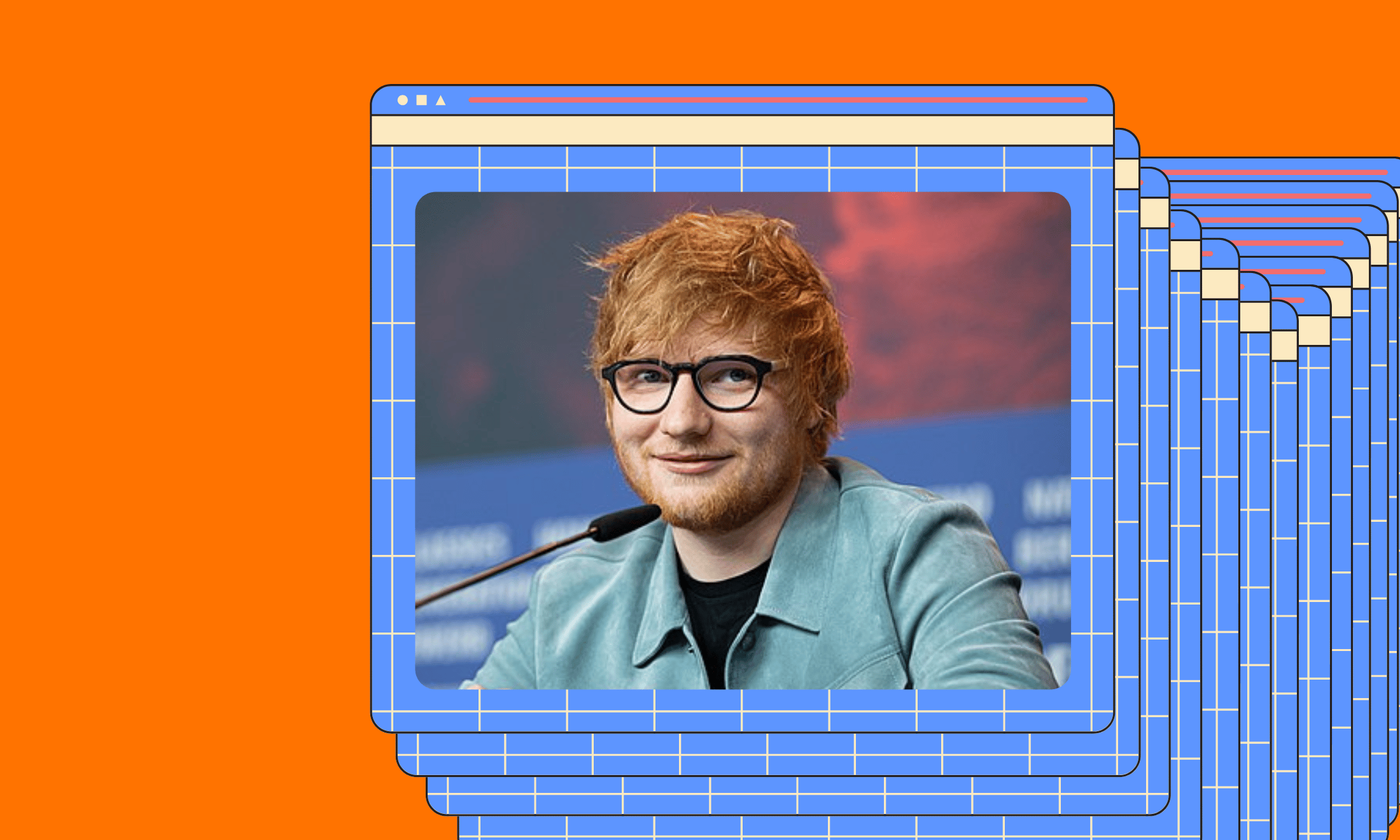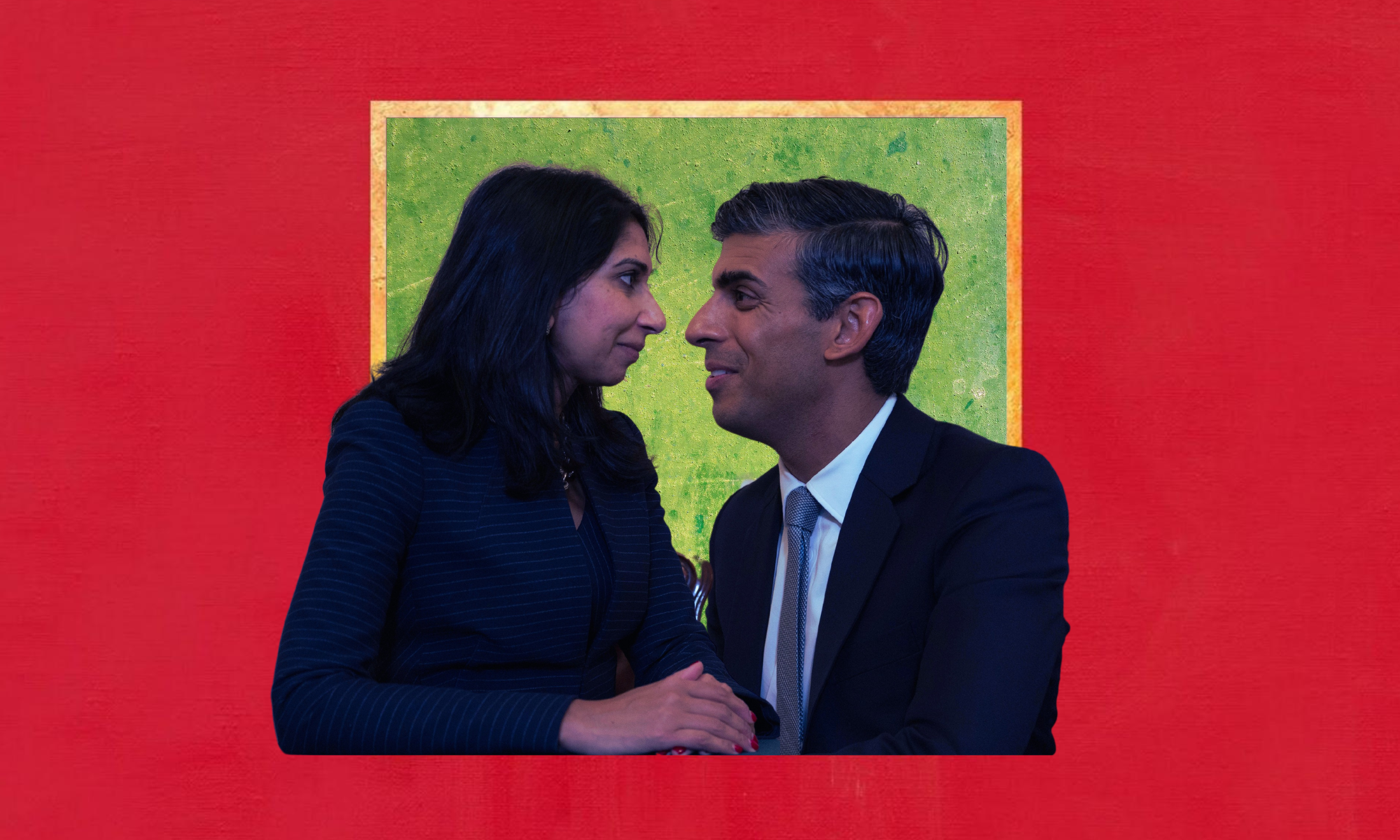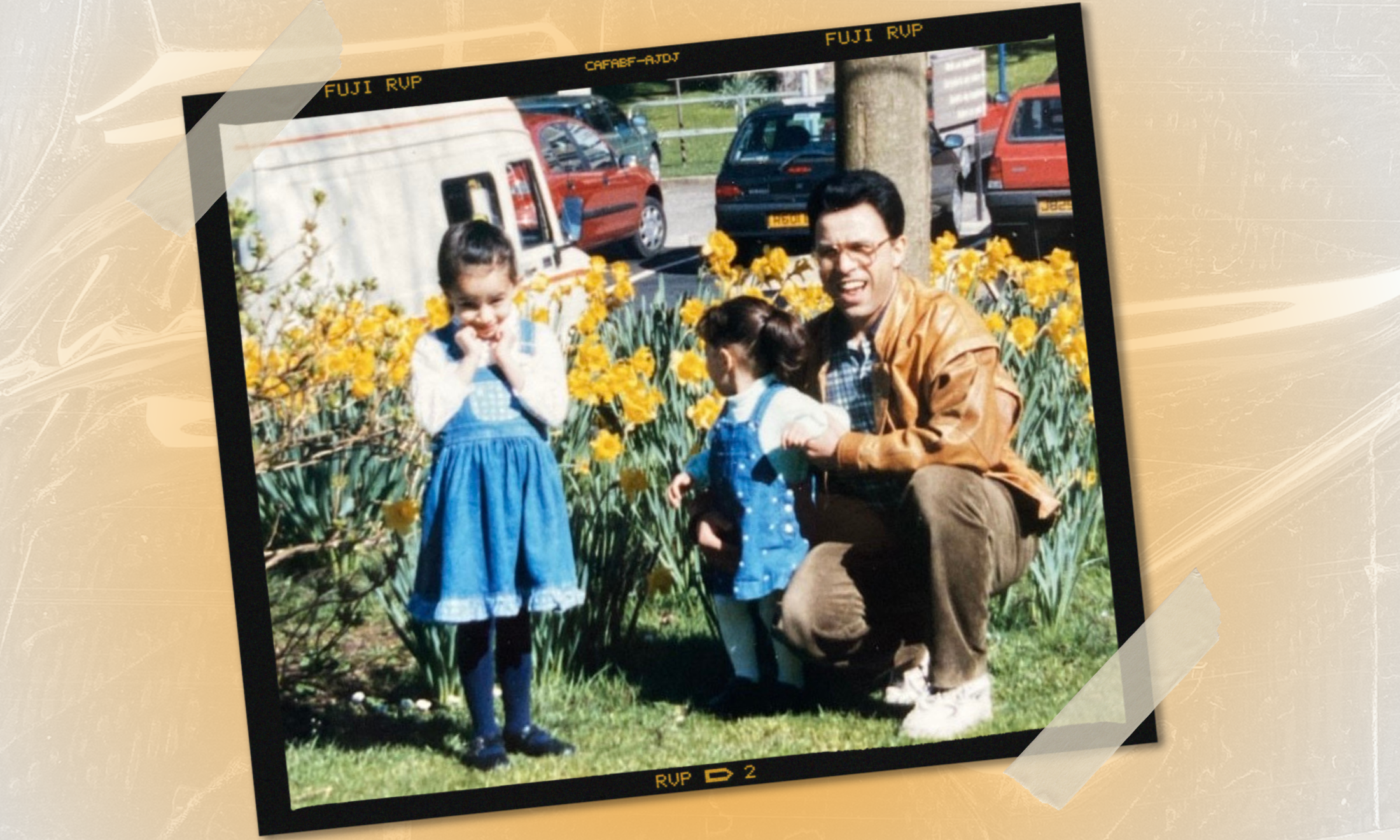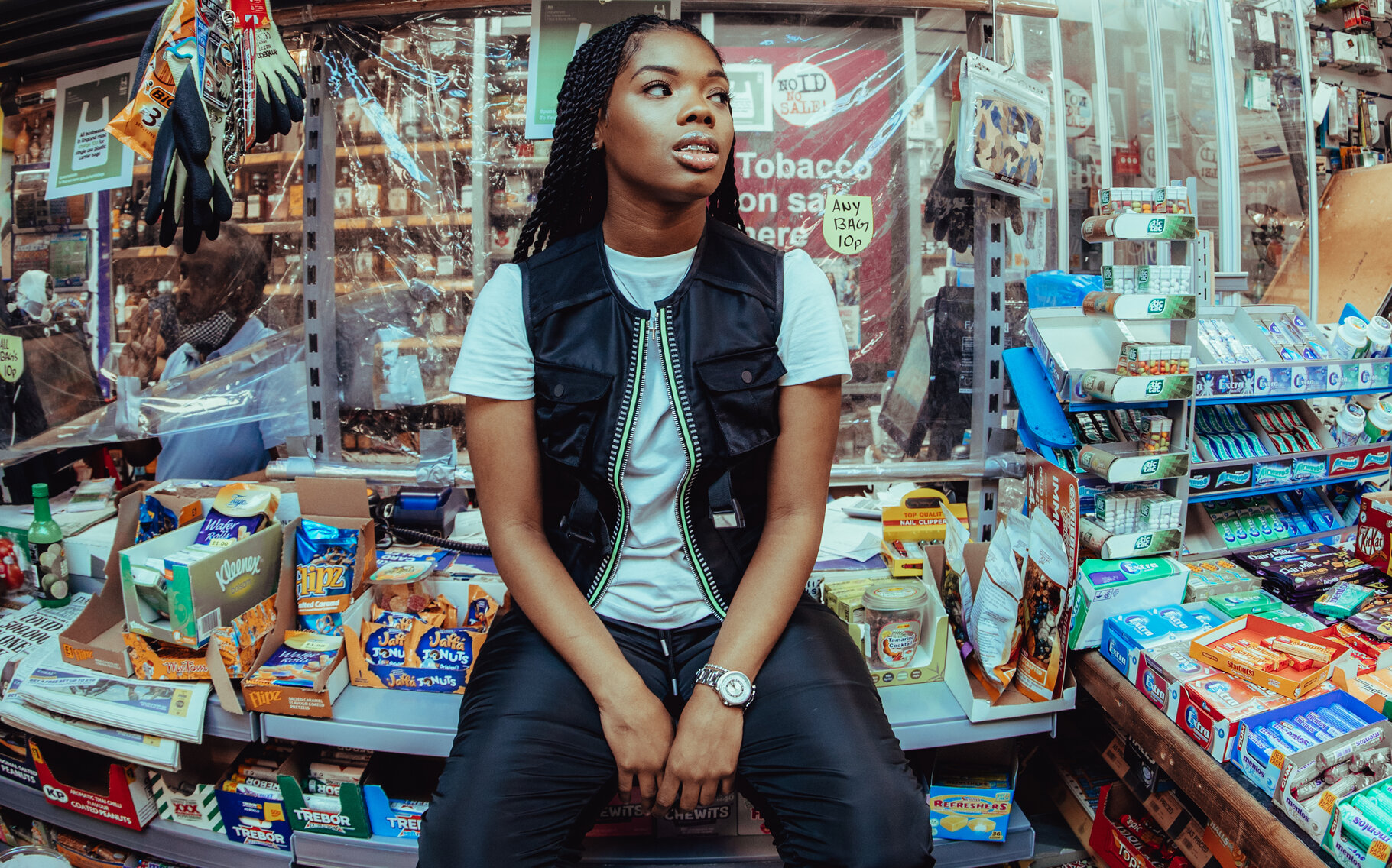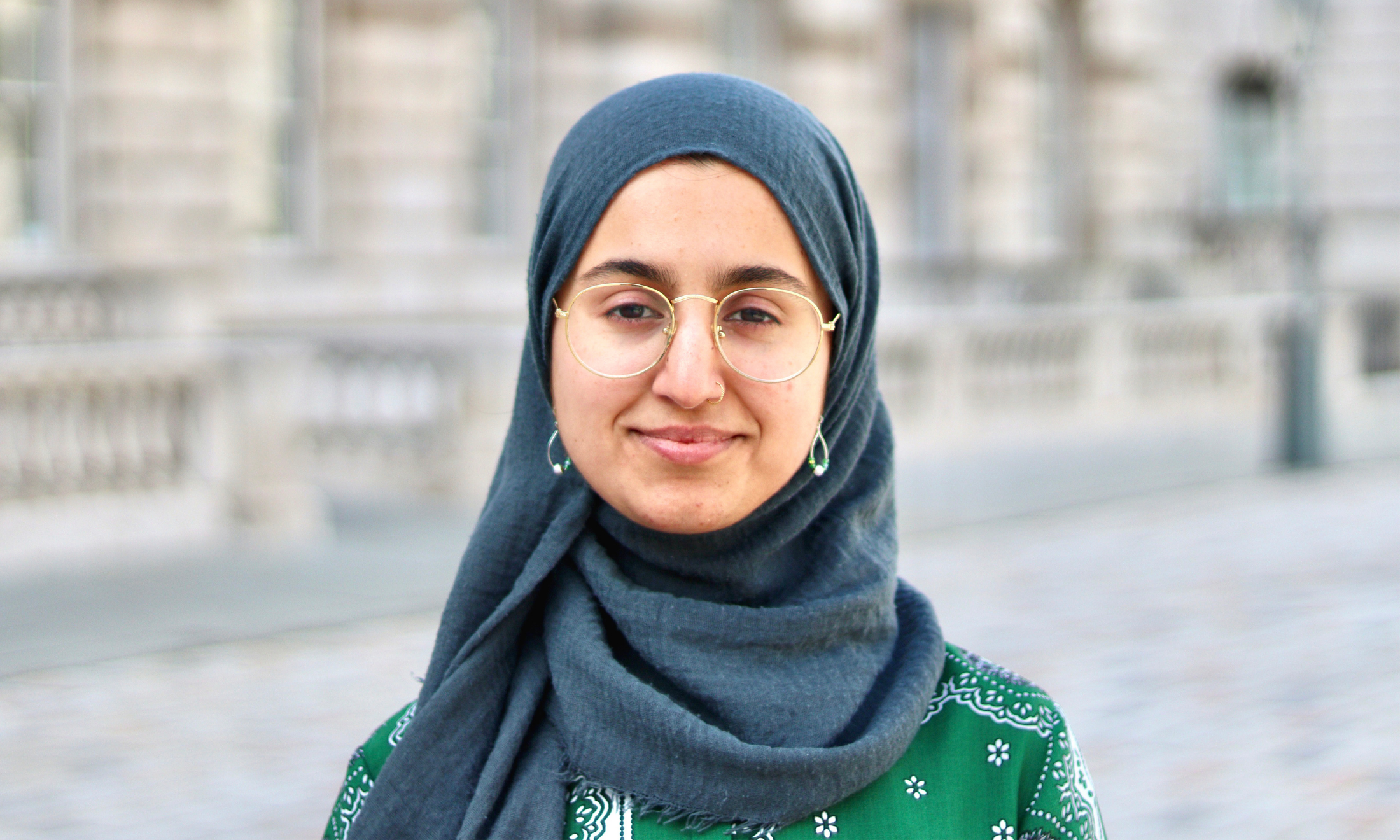
Type “Poland” in Google and it’s not difficult to see why the country has a reputation for being rife with racism. Images of hooded skinheads and football hooligans, sporting fascist signs, Polish flags and fireworks have dominated news headlines over the past couple of years; a symptom of the new climate of far-right nationalism under the ruling Law and Justice Party (PiS).
Over the past couple of weeks, news reports have come out about a violent, racist attack taking place against a 14-year-old black girl in the suburbs of Northern Warsaw. The attacker had apparently shouted “Poland for the Poles” – echoing sentiments expressed by Polish Foreign Minister Jaroslaw Kaczynski, who once claimed migrants were carriers of “parasites and protozoa”.
Watching the coverage, I can’t help but feel saddened as I remember the many summers I had spent in the city, documenting stories and taking portraits of Black and Jewish minorities living there. As a young History student, fascinated by former states of the Soviet bloc, I had decided to spend my university year abroad in Poland – ignoring footballer Sol Campbell’s warnings that black people visiting Eastern Europe were likely to come back in a coffin.
In Western narratives, Eastern Europe has often been characterised as a primitive and backward backwater. However, there is also a surprising history of black diaspora communities choosing to settle in Eastern European countries. In the 1920s and 30s, the Soviet Union was considered a safe haven for African-Americans escaping segregation in the USA. Famous singer Paul Robeson and poet Langston Hughes were some of the more well-known members of what became known as the ‘Red Experience’. During the 60s and 70s, a number of students from newly independent African states also came to study in Poland as part of a mutual cultural and economic exchange with the Soviet Union.
Today, the 5,000 strong community (of mainly West African migrants) includes sporting and TV personalities, celebrities and models, and even has a Nigerian-Polish politician. Blu Mantic, a young rapper I met from New York, found himself wanting to live in Poland after a brief visit during a music tour. I wondered how he felt about leaving the multicultural melting pot of NYC: “I like Poland because nobody looks or sounds like me, I can be myself. Yes, there is discrimination but I understand it as ignorance and fear. You just have to accept it and keep moving, I know that I just have to smile and they open up”
For others, however, the deep and dark undercurrents of hostility and xenophobia are hard to ignore. In the corridors of Warsaw’s only Africa centre in the Downtown central spot, James Omolo, director of the Afryka Connect foundation tells me horrifying stories of frequent racist attacks and even sexual assaults against Africans in public.
James, who moved to Warsaw from Kenya almost 12 years ago to study journalism, quickly got used to being called ‘Murzyn’ (Negro/Nigger) and ‘Małpa’ (monkey) on a daily basis, “it still happens when I walk the streets now”. Consequently, he has become an outspoken critic of the current government’s policy towards ethnic minorities. He shows me around empty classrooms, used to hold free language workshops for new immigrants and help improve intercultural dialogue. “It’s not like in London. Here, to be Polish, you have to look white. Africans contribute so much yet they are still treated as underdogs”.
The same can be said for mixed race Poles of African descent, many of whom have struggled with negotiating dual identities in a homogenous society. Looking up at the billboards plastered around Warsaw Central of fellow countrywoman Adwoa Aboah in the latest Gap campaign feels particularly strange here. Soon, I am invited to join the “Polish Mulattos” group on a Facebook – the self-titled online space for black and mixed race poles to connect with each other and shares resources.
The main networker here is Vin Milton, a 20-something model and rising YouTube star, originally from Angola. His prank YouTube channel “Czarny (Black)-Humour” has gained over a million views since it started. We catch up by the Palace of Culture where he casually explains to me – in between greeting fans – how he uses his channel to inform Polish people about racial issues: “It’s humour aimed at bringing joy and interaction. I’ve lived in Poland for over 9 years and have mainly had positive experiences but one time I had a bad experience in my 20s. It shocked me because it was a public place in Warsaw. Now though, people will definitely react if they see racism in the streets.”
I’m learning that amongst the young generations, creating subcultures based on Afrobeats and Dancehall offers an exciting alternative to the rigid homogeneity of Polish culture. Thanks to endorsements from Red Bull, as well as dance workshops run by the likes of Ula Fryc and Michalina Rudek, Dancehall and Afrobeats have recently gained traction alongside the more established Polish hip-hop scene.
However, in the depths of the LaHarenda on Warsaw’s Oxford street, that subculture feels somehow lost on the flurry of Polish teens, kitted out in hooped earrings and Xpressions braid extensions, competing for the title of local Dancehall Queen. It also becomes apparent that the majority cultural exchanges taking place in venues like these happen to be between Black men and Polish women, black female migrants are almost non-existent in Poland. Realising that myself and my Somali-Danish flatmate are the only two black girls in the club, we watch on, cringing as the parties line up, seeking “exotic” encounters with each other.
Later, I get a chance to speak to Dorotka, a Polish dancer who recently went viral with her Azonto routines, and ask her how she feels taking on African culture. “I don’t do African dance because it’s popular or I can make money from it. I want to learn the history and understand where the steps come from. If I’m teaching a step like Malewa from the Congo, I always tell people where it comes from. Lots of People don’t think I should do this because I’m white. They ask me, well who took the gun to Africa? Nobody can talk to me about colonists because my country was occupied for 123 years and we’ve only had freedom since 1989”.
But for others like 19-year-old Ukrainian student Julia, these spaces provide a sanctuary from anti-black and islamophobic attitudes at school. “They laugh at me because I’m Ukrainian and I like African music”, she says. Sitting down in the Afryka shop in Muranow, the only spot which sells imported products from Lagos and Accra, I become more intrigued as Julia tells me about the discrimination that she and her family have experienced as Muslims living in Poland. “One time we were celebrating Ramadan and this guy almost beat up my mum. When they built a new mosque in Warsaw, this lady threw a pig’s head in there, it was terrible”.
Stories like Julia’s remind me that Poland’s internal wrestle with multiculturalism isn’t far off what’s been happening in many countries across Europe. Despite the obvious undercurrents of hostility and xenophobia, it was refreshing to meet some many people from different ends of the cultural and social spectrum engaging with African culture and attempting to cultivate, in their own way, a different image of Poland that is more inclusive and hybrid. However, James still believes they have a long way to go before minorities can truly feel part of Polish society: “Breaking down barriers is a double-edged sword. It takes the affected and the host to work together – you shouldn’t have to feel like you are losing yourself in order to fit into what they want you to be. You have to be part of the narrative to be part of the solution first.”






